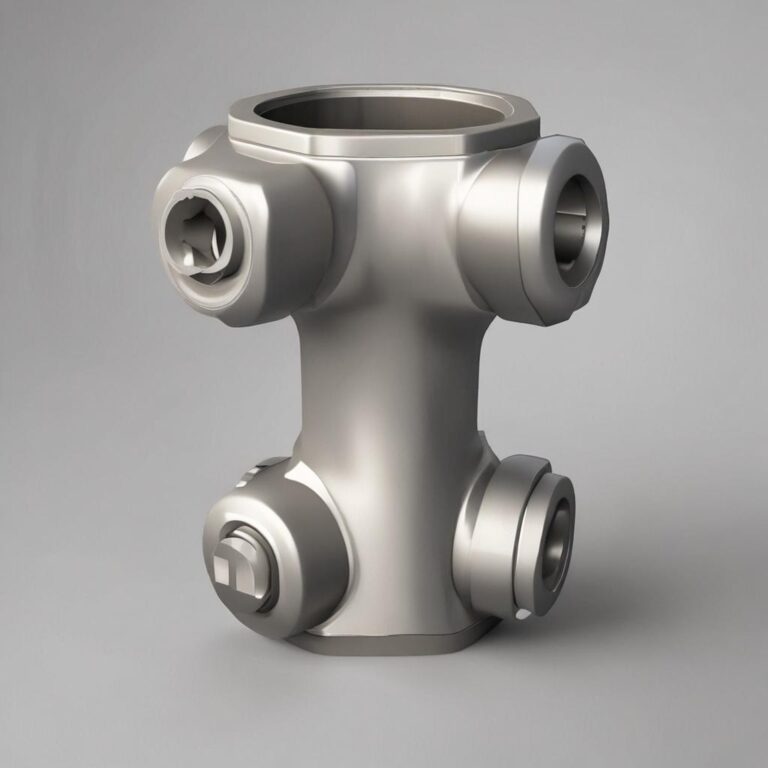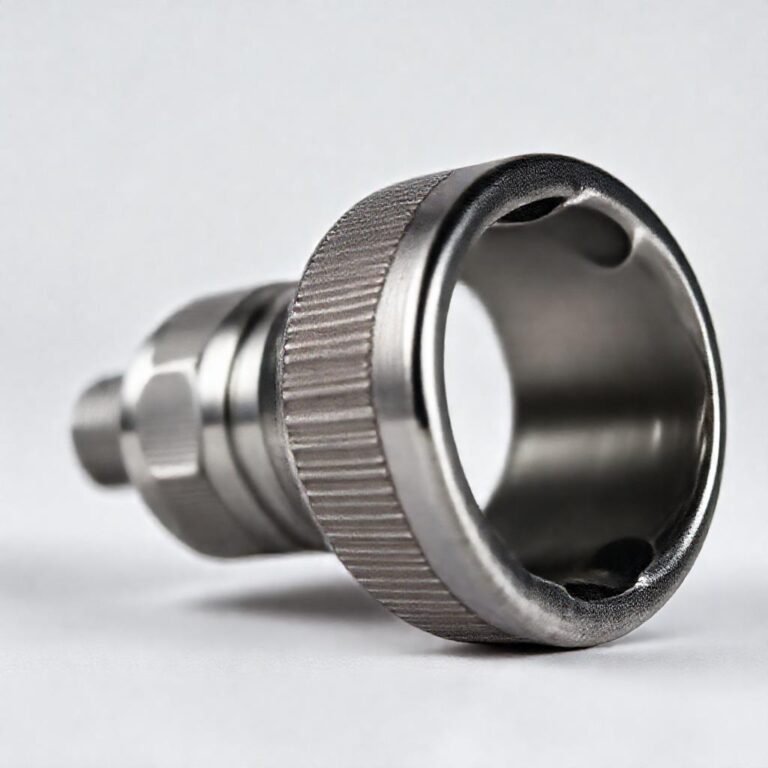How to use Universal Socket Home!
In the realm of DIY projects and home repairs, having the right tools can make all the difference. One such versatile tool is the universal socket. Designed to fit numerous sizes and types of fasteners, it’s a must-have for any home toolkit. In this guide, we’ll delve into the world of universal sockets, helping you understand their types, sizes, and components. We’ll also walk you through preparing, using, and maintaining your universal socket, ensuring you’re a pro in no time.
Understanding Your Universal Socket
Types of Universal Sockets
- Bi-swing Universal Sockets: These sockets have jaws that swing in two directions, making them adept at reaching hard-to-access places.
- Pro-pad Universal Sockets: Featuring reinforced jaws, pro-pad universal sockets are ideal for heavy-duty jobs, preventing damage to both the socket and the bolt.
Universal Socket Sizes
Universal sockets come in various sizes, measured in millimeters. Commonly used sizes at home include:
- 10mm
- 12mm
- 14mm
- 17mm
- 19mm
Familiarize yourself with both metric and imperial sizes to ensure you’re always prepared.
Essential Components of a Universal Socket
A universal socket consists of three primary components:
- Socket Body: This is the main structure that houses the jaw mechanism.
- Jaw Mechanism: The jaws are what grip the bolt, allowing you to apply torque and loosen or tighten it.
- Adjustment Ring or Nut: This allows you to adjust the socket’s size to fit different bolt diameters.
Preparing Your Universal Socket for Use
Inspection and Maintenance
Before each use, inspect your universal socket for any damage or wear. Clean it thoroughly using a wire brush or compressed air, and lubricate it with a suitable lubricant to keep the jaws moving smoothly.
Selecting the Right Socket Size
- Measuring the Bolt/Nut Size: Use a vernier caliper or a socket set to measure the diameter of the bolt or nut.
- Choosing the Appropriate Socket Size: Select a universal socket that fits slightly loose around the bolt. Tighten the adjustment ring to secure the socket on the bolt.
Setting Up the Socket
- Adjusting the Jaws for a Perfect Fit: Once the socket is on the bolt, loosen the adjustment ring and reposition the jaws until they fit snugly around the bolt.
- Positioning the Socket on the Bolt: Ensure the socket is securely positioned on the bolt, with the jaws gripping the flat face of the bolt head.
Common Home Uses of a Universal Socket
Tightening and Loosening Bolts and Nuts
To tighten or loosen a bolt:
- Place the universal socket over the bolt head and secure it onto a ratchet or breaker bar.
- For tightening, turn clockwise. For loosening, turn counterclockwise.Removing Rusty or Stripped Bolts/Nuts
Techniques to Remove Rusty Bolts:
Use heat, penetrating oil, or a bolt loosening tool to break the rust seal.
Using Universal Sockets with Bolt Extractors:
For stripped bolts, use a bolt extractor bit in conjunction with your universal socket to grip and remove the bolt.
Assembling and Disassembling Furniture
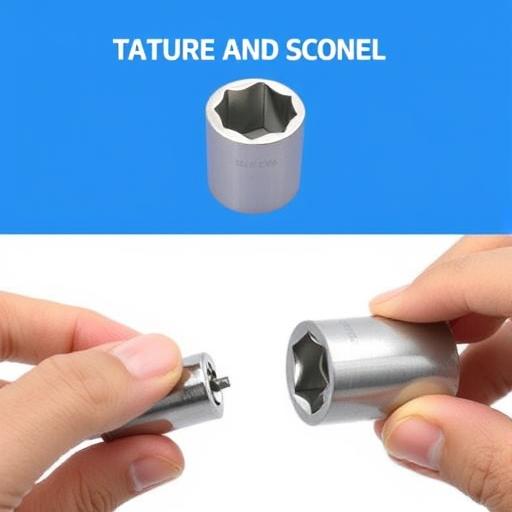
When reassembling furniture:
- Use a universal socket to secure nuts and bolts back into place.
Tighten with moderate force to prevent damage to the furniture or the socket.
Home Repairs and DIY Projects
A universal socket’s versatility makes it invaluable for home repairs and DIY projects. Always remember to use the correct socket size to avoid damaging the bolt or the socket itself.
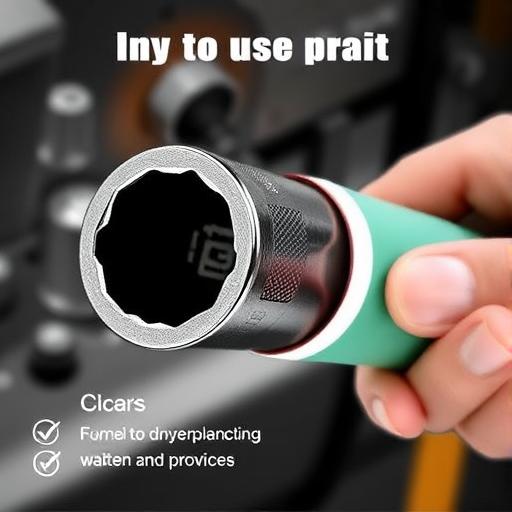
Troubleshooting Common Issues
Dealing with Seized or Broken Bolts
Use penetrate oil, heat, or vice grips to remove seized bolts. For broken bolts, use a bolt extractor.
Socket Stripping: Causes and Solutions
Socket stripping occurs when the jaw markings are damaged, reducing grip. To prevent this:
- Use the correct socket size.
- Avoid overtightening or overusing sockets.
- Lubricate the socket to keep moving parts in good condition.My Socket Won’t Grips the Bolt
- Make sure the socket is properly adjusted to fit the bolt size.
- Clean both the socket and bolt to remove any dirt or debris that may hinder grip.
Safety Tips for Using Universal Sockets
Personal Safety Guidelines
- Wear safety glasses to protect against debris.
- Use gloves to protect your hands from splinters or cuts.
- Steady the workpiece with a pipe clamp or vise to prevent slippage and accidents.Socket and Bolt Safety
- Avoid overtightening to prevent stripping bolts or damaging the socket.
- Use the correct socket size to avoid slippage and damages.Equipment Maintenance for Longer Lifespan
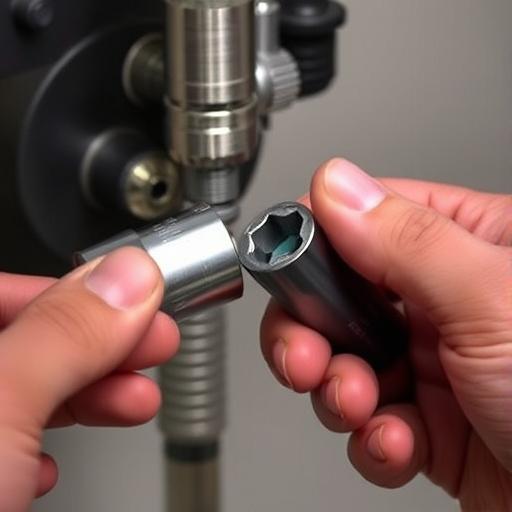
- Regularly clean and lubricate your universal socket.
- Store it properly to prevent damage.
Conclusion
Mastering the universal socket is a game-changer for any DIY enthusiast. With its versatile nature, you’re equipped to tackle a myriad of tasks around the home. So, gear up, practice, and enjoy the confidence that comes with knowing you’ve got the perfect tool for the job.
Frequently Asked Questions (FAQ)
How do I know if a universal socket will fit my bolt?
– Measure the bolt’s size using a vernier caliper or socket set. Then, match it with the socket’s adjustment range.
Can I use a universal socket to tighten or loosen a bolt without damaging it?
– Yes, with the right techniques and use of the correct socket size.
What should I do if my universal socket breaks while in use?
– Immediately stop applying pressure. Use an extraction tool or a vise grip to remove the broken socket, then replace it.
How can I keep my universal socket from stripping bolts?
– Use the correct socket size, avoid overtightening, and keep the socket lubricated.
Can I use a universal socket on a ratchet instead of a normal socket?
– Yes, universal sockets can be used with ratchets or breaker bars, providing better access to hard-to-reach places.



